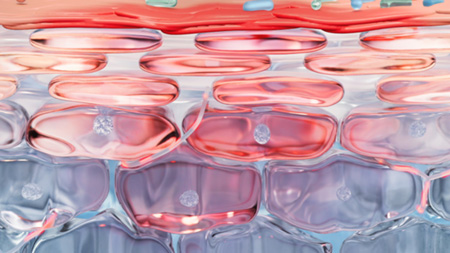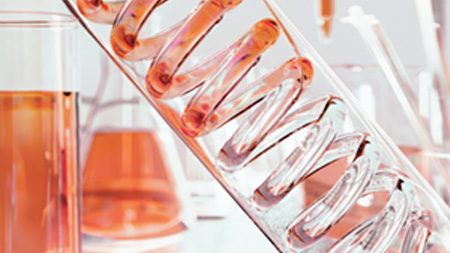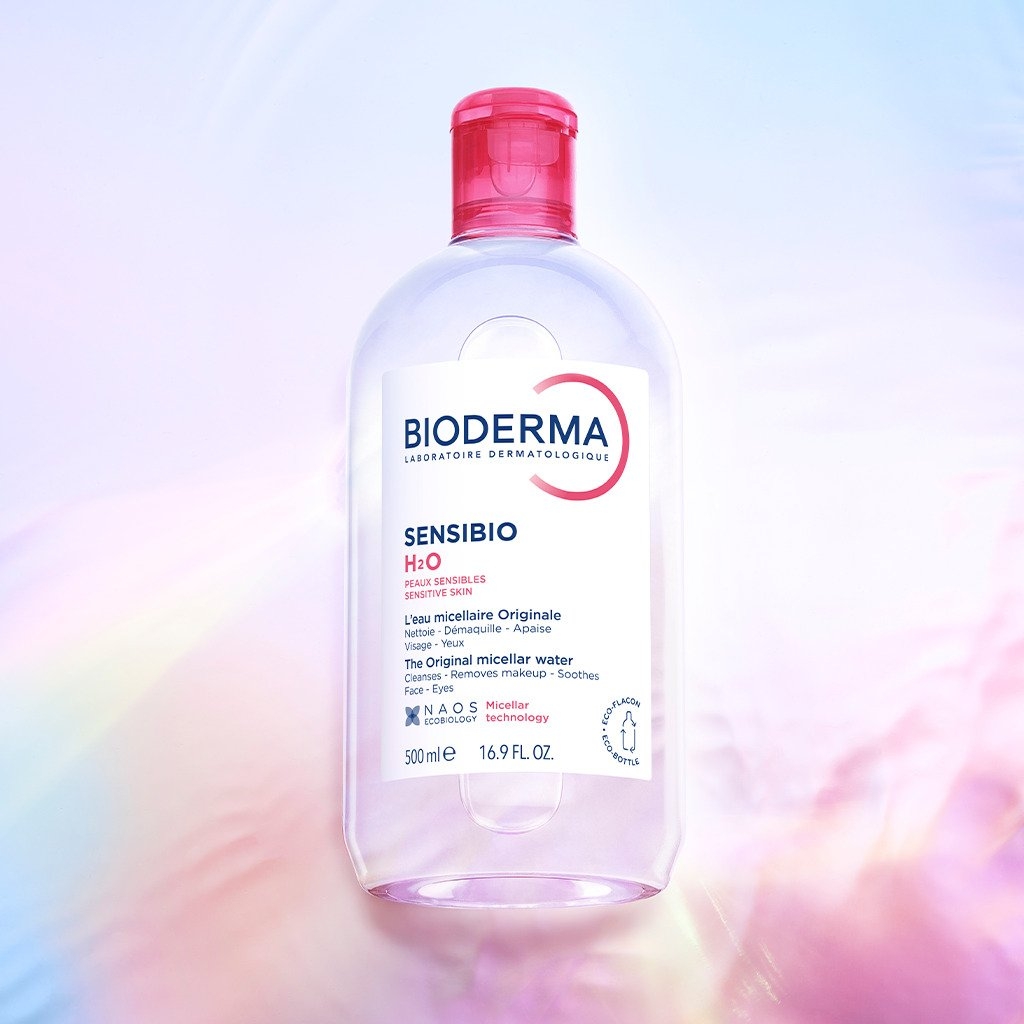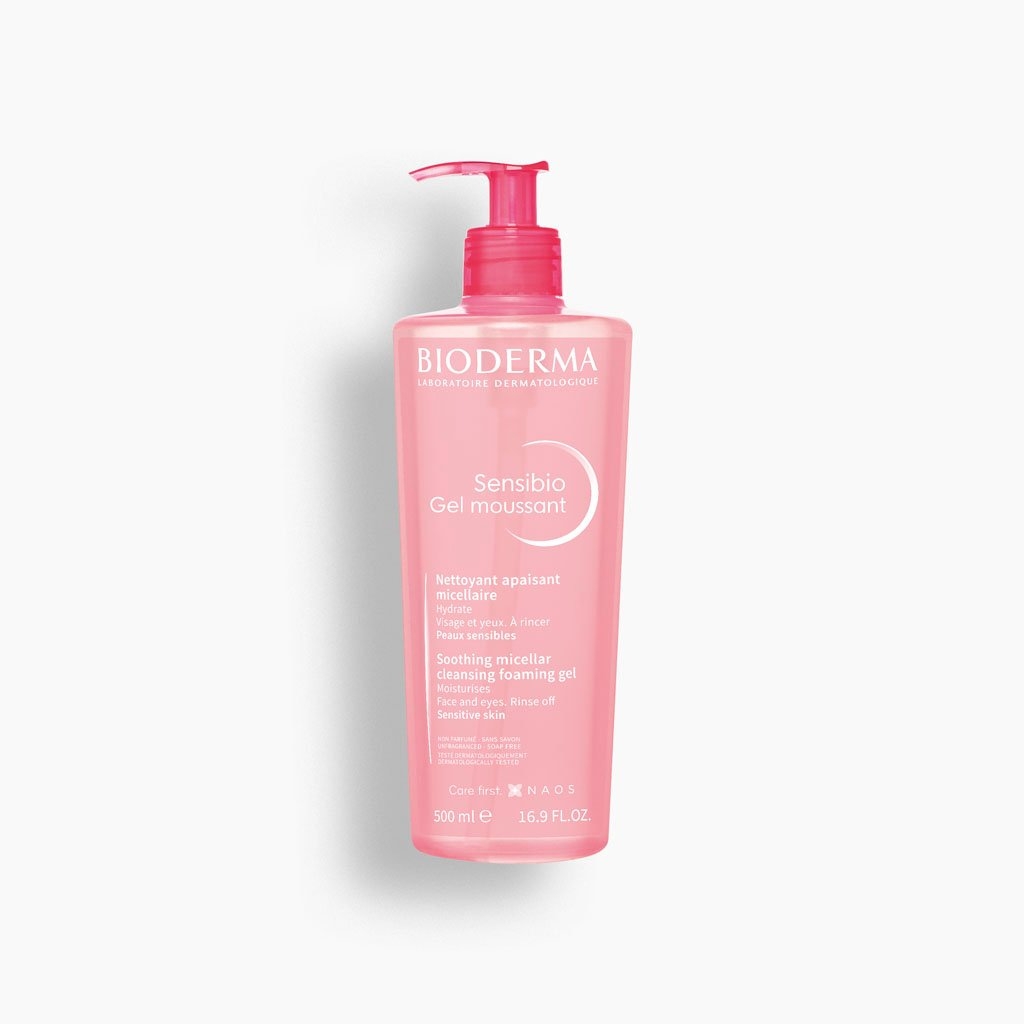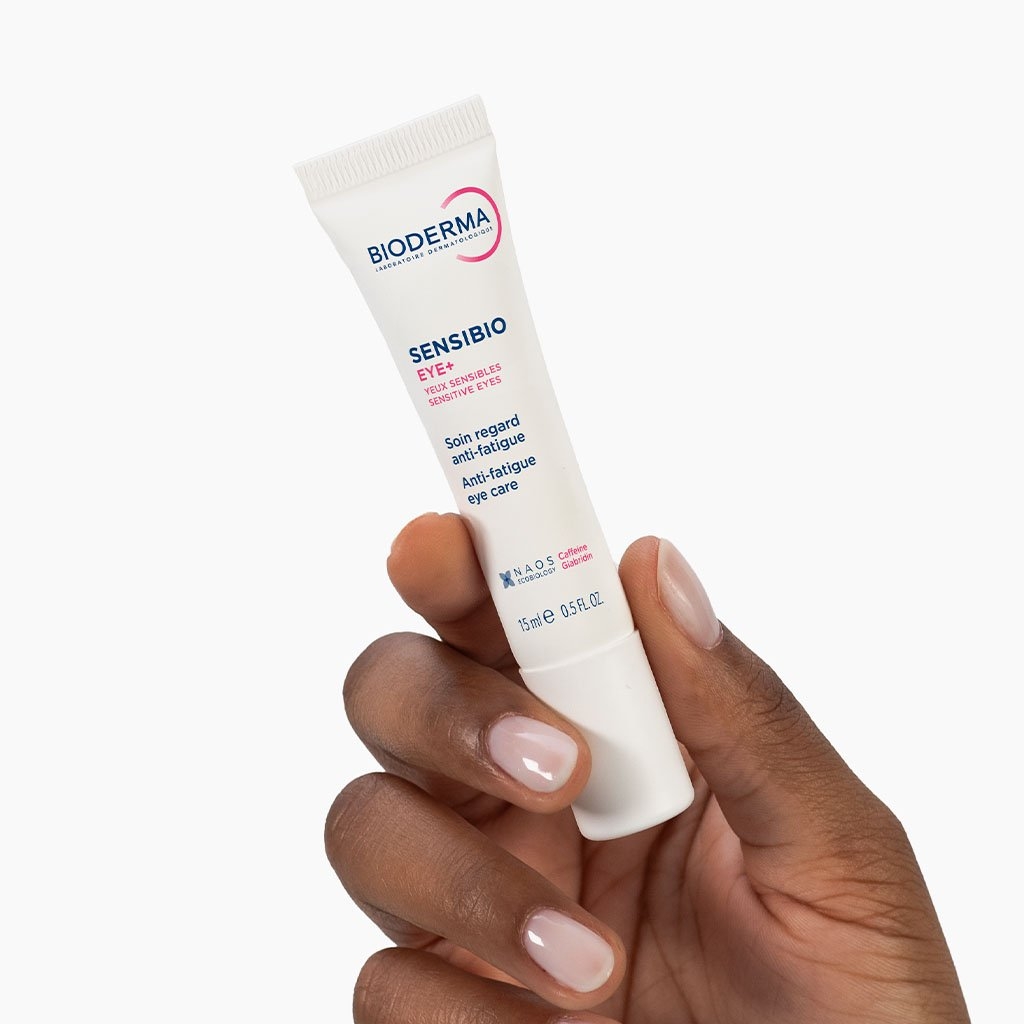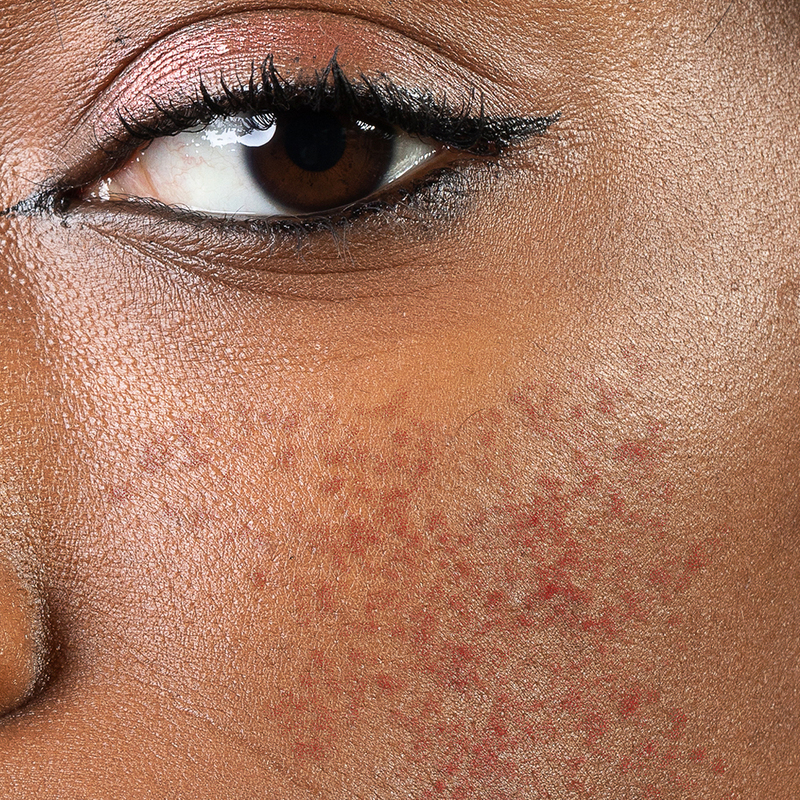erreur quantity
Lorem ipsum dolor sit amet consectetur adipisicing elit. Dolores sapiente
facere voluptates cupiditate quasi tenetur libero odio repellendus unde
harum, ea iure, repudiandae repellat consectetur eos expedita delectus
neque enim. Aspernatur maxime beatae adipisci facere unde tempore
explicabo harum repellat omnis mollitia, earum ut expedita maiores vero
autem officia, error dolorum atque culpa neque dolore laboriosam delectus
soluta? Consectetur in inventore excepturi illum suscipit temporibus optio
iusto dicta nihil quas, libero, laudantium numquam eveniet?
Bioderma's products are gentle and effective, making them a staple in my skincare routine
Dr. Mikhail "Mike" Varshavski D.O.
A patented ecobiological approach that fortifies your skin
Skincare routine
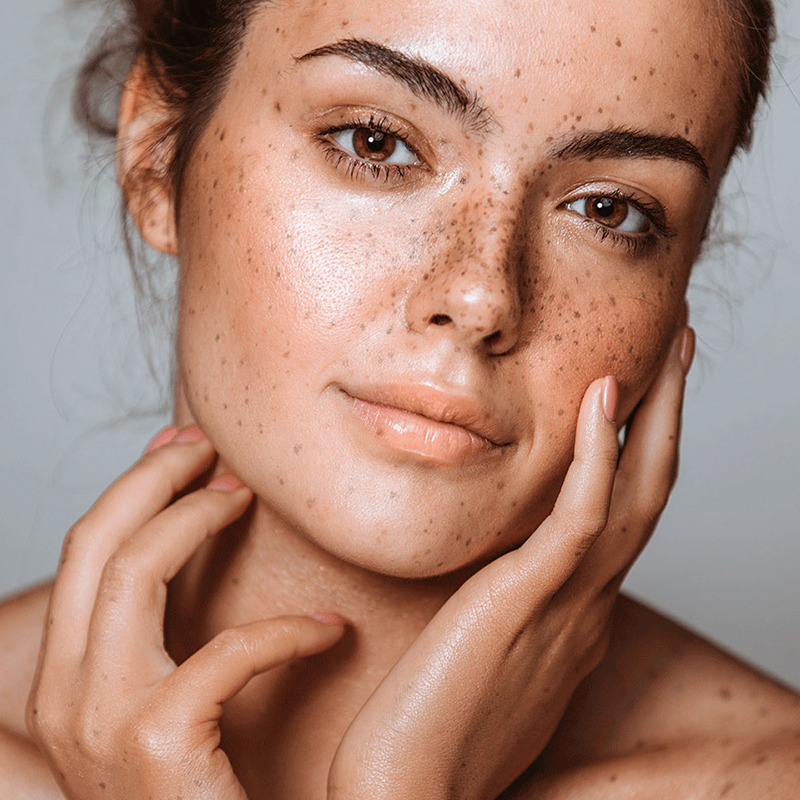
-
1 - Sensibio H2O
-
2 - Sensibio foaming gel
-
3 - Care
-
Reviews
-
FAQ
Your most frequently asked questions about AR+ Cream
Sensibio AR+ anti-redness cream has been designed for reactive, sensitive skin prone to rosacea. It is suitable for intense temporary redness and flushes, as well as permanent redness and visible small blood vessels. This anti-redness cream soothes discomfort in 30 seconds, hydrates for 24h & lastingly strengthens the skin barrier.
Rosacea is a complex skin disease that takes different forms. Significant progress has recently been made in understanding the condition. Rosacea is a chronic and cyclical(1) condition often associated with flare-ups and periods of remission. It can have significant impacts on quality of life and psychological consequences. The symptoms vary from person to person, meaning that rosacea can be difficult to diagnose. If you think you might have this condition, consult a dermatologist to get a professional diagnosis. Common physical symptoms(2)(3):
- Visible small blood vessels mainly on the face
- Transient (flushes) or persistent redness
- Sometimes pus-filled pimples and red bumps
- Ocular symptoms such as itchy or watering eyes
- Thickening of the skin on the nose Subjective sensations associated with rosacea:
- Discomfort, burning, tingling and even pain
- Psychological impacts(4)(5) such as anxiety and loss of self-esteem
(1) Ní Raghallaigh S, Bender K, Lacey N, Brennan L, Powell FC. The fatty acid profile of the skin surface lipid layer in papulopustular rosacea. Br J Dermatol. 2012;166
(2):279-287.
(2) Gallo RL, Granstein RD, Kang S, et al. Standard classification and pathophysiology of rosacea: The 2017 update by the National Rosacea Society Expert Committee. J Am Acad Dermatol. 2018;78
(1):148-155.
(3) Tan J, Almeida LM, Bewley A, et al. Updating the diagnosis, classification and assessment of rosacea: recommendations from the global ROSacea COnsensus (ROSCO) panel. Br J Dermatol. 2017;176(2):431-438.
(4) Sinikumpu SP, Jokelainen J, Tasanen K, Timonen M, Huilaja L. Association of Rosacea with Depressive and Anxiety Symptoms: A General Population Study. Dermatology. 2024;240(2):189-194. (5) Chen M, Deng Z, Huang Y, Li J. Prevalence and Risk Factors of Anxiety and Depression in Rosacea Patients: A Cross-Sectional Study in China. Front Psychiatry. 2021;12:659171.
Firstly, remember that you are not alone. More than 1 in 20 people in the world(1) suffer from rosacea. Although there is currently no treatment, you can manage the symptoms and anticipate flare-ups. Identify what triggers redness: The triggers vary from person to person. They include consuming alcohol, eating spicy food, exposure to the sun or very cold temperatures, stress, high-intensity sport, as well as some cosmetics and medication. Observe how your skin reacts in different situations, so you can avoid (or reduce) the triggers that affect you most.
Adopt an adapted skincare routine:
- Choosing dermo-cosmetic products especially designed for skin prone to redness can help prevent flare-ups. Applying an anti-redness cream daily contributes to reducing redness and reinforcing the skin barrier.
- Reduce stress: All kinds of activity that support your mental health and wellbeing are highly recommended including meditation, yoga, cardiac coherence breathing exercises, physical activity like walking and running. Sharing your feelings and worries with loved ones or a health professional can also help reduce anxiety and the risk of depression.
- Additional advice: If you experience a sudden flush, apply a cold compress to your face for several minutes to soothe the skin. You could consider wearing dermatological makeup to help reduce the appearance of redness.
(1) Saurat JH, Halioua B, Baissac C, et al. Epidemiology of acne and rosacea: A worldwide global study. J Am Acad Dermatol. Published online January 4, 2024.
As a key step in your skincare routine, Sensibio AR+ anti-redness cream should be applied in the morning and evening to the entire face including eye contour.
The non-sticky, non-greasy texture means the cream is easy and pleasant to apply. To optimize the results, you could also use other anti-redness products.
This hydrating anti-redness cream was formulated in collaboration with dermatologists. It is non-comedogenic and fragrance free with a 100/100 Yuka score, meaning that it is well tolerated by the skin. Sensibio AR+ Cream features patented Rosactiv 2.0TM technology with active ingredients that target excessive vasodilation. It acts on the symptoms of rosacea, helping improve quality of life, as showed in clinical studies:
- Soothes disagreeable sensations in 30 seconds(1)
- Reduces redness by 35% and visible small blood vessels over time(2)
- Reinforces the skin barrier
- Contributes to greater self-confidence
- Improves quality of life and wellbeing
(1) Clinical study of the soothing efficacy by Capsaicin test, self-assessment after 1 application, 22 subjects, Poland, 2023.
(2) Clinical study, 19 subjects, self-assessment of flushing visible signs and sensations intensity, 28 days, Portugal, 2024.
Sensibio AR+ anti-redness cream is easy and pleasant to apply with a fresh, non-greasy and non-sticky texture. Disagreeable sensations such as itching, hot flushes and tightness are soothed within 30 seconds(1).
(1) Clinical study of the soothing efficacy by Capsaicin test, self-assessment after 1 application, 22 subjects, Poland, 2023.
